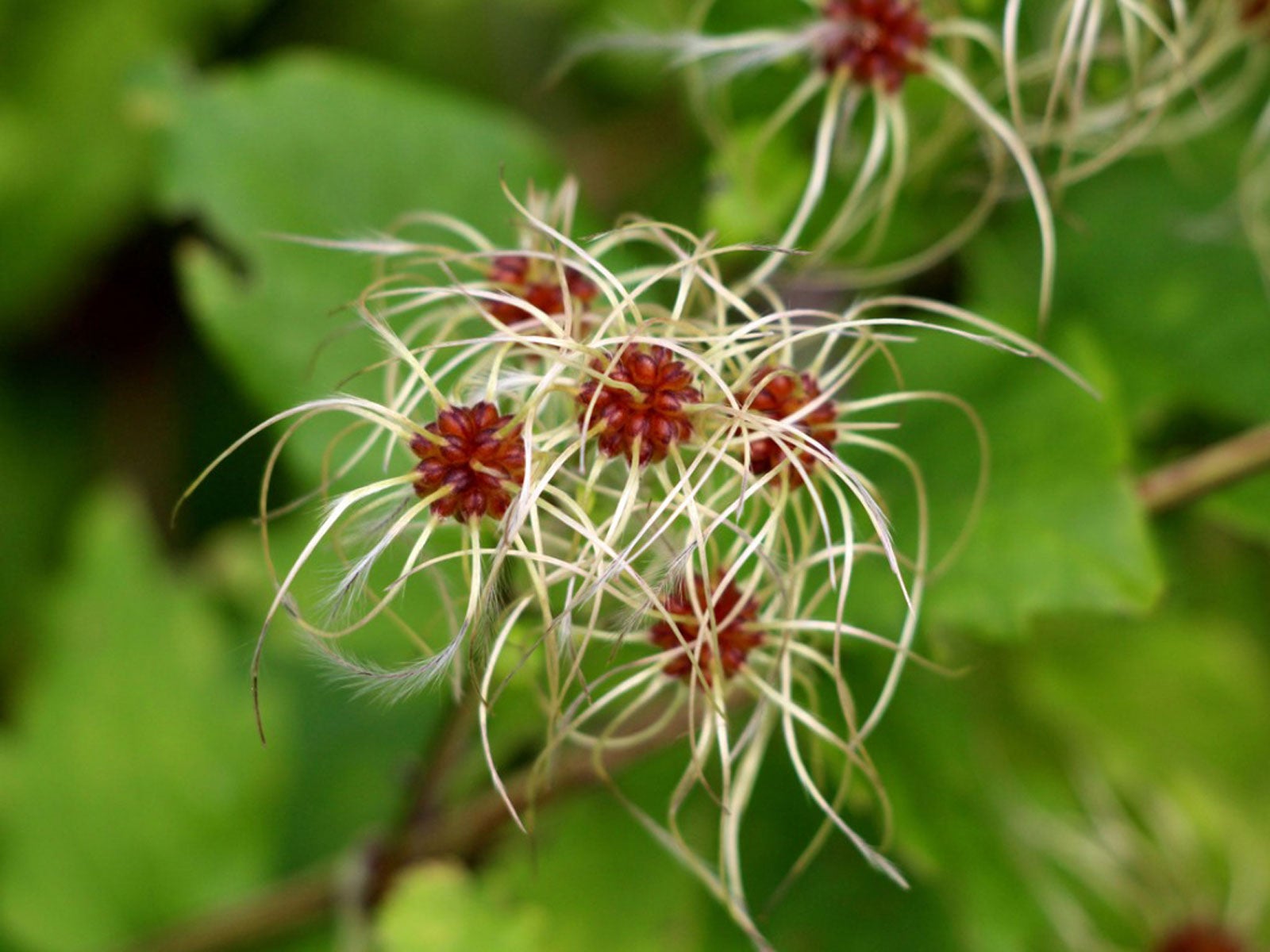Traveler’s Joy Vine Removal - Tips For Controlling Traveler’s Joy Clematis
Controlling Traveler’s Joy may become necessary. This Clematis species is invasive in the U.S.


Controlling Traveler’s Joy clematis may become necessary if you find this vine on your property. This Clematis species is invasive in the U.S. and is especially widespread in the Pacific Northwest. Without good control, the vine can take over areas, blocking out sunlight and even bringing down branches and small trees with its weight.
What is Traveler’s Joy Vine?
Also known as Old Man’s Beard and Traveler’s Joy clematis, this plant is officially termed Clematis vitalba. It is a deciduous vine that flowers in the summer, producing creamy, white, or light greenish-white blooms. In the fall they produce fluffy heads of seeds.
Traveler’s Joy clematis is a climbing, woody vine. It can grow vines as long as 100 feet (30.5 m). Native to Europe and Africa, it is considered an invasive weed in much of the U.S.
The best growing environment for Traveler’s Joy is soil that's chalky or rich in limestone and calcium, fertile, and well-draining. It prefers temperate, moist conditions.
In the U.S., it often crops up on forest edges or in areas that have been disturbed by construction.
Controlling Traveler’s Joy Plant
While in its native range Traveler’s Joy is often used ornamentally, but it creates a lot of problems in the U.S. Clematis weed control may be necessary for your area for several reasons. The vines can grow so tall they block out sunlight for other plants, the vines can climb trees and shrubs (their weight-breaking branches), and they can quickly destroy understory trees and shrubs in forests.
To avoid herbicides, you will have to stick with mechanical means of managing this weed. If organic herbicides are necessary, consult with your local university extension service first.
Gardening tips, videos, info and more delivered right to your inbox!
Sign up for the Gardening Know How newsletter today and receive a free copy of our e-book "How to Grow Delicious Tomatoes".
Cutting down and destroying this vine is possible but it can be time-consuming and energy-draining. Catch it early and remove plants and roots in winter.
In places like New Zealand, there has been some success using sheep to control Traveler’s Joy, so if you have livestock, let them have at it. Goats are known for their “weed eating” too.
Studies are currently underway to determine if there are any insects can be used to control Traveler's Joy Clematis.

Mary Ellen Ellis has been gardening for over 20 years. With degrees in Chemistry and Biology, Mary Ellen's specialties are flowers, native plants, and herbs.
-
 Get Ready For A Summer Of Hummers! Grow These Full Sun Hummingbird Plants and Flowers
Get Ready For A Summer Of Hummers! Grow These Full Sun Hummingbird Plants and FlowersIf you’re lucky enough to enjoy a sunny backyard, make sure you are maxing out on your pollinator opportunities and grow these full sun hummingbird plants and flowers
By Tonya Barnett
-
 12 Lush Alternatives To A Lawn For Sustainable Spaces
12 Lush Alternatives To A Lawn For Sustainable SpacesAlternatives to a lawn are beautiful and also beneficial to your local ecosystem and its pollinators. Explore our top picks for plants to replace grass.
By Tonya Barnett